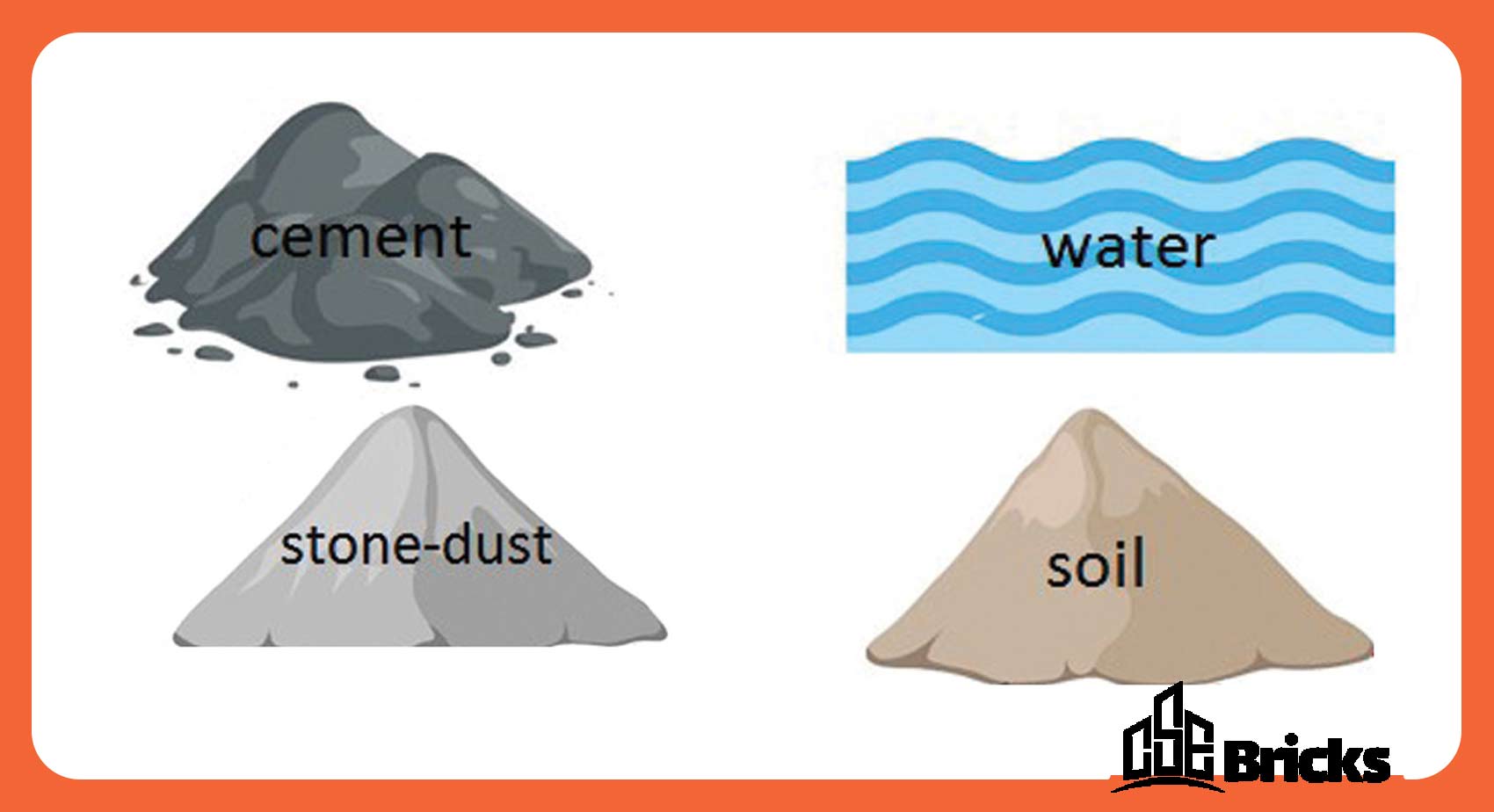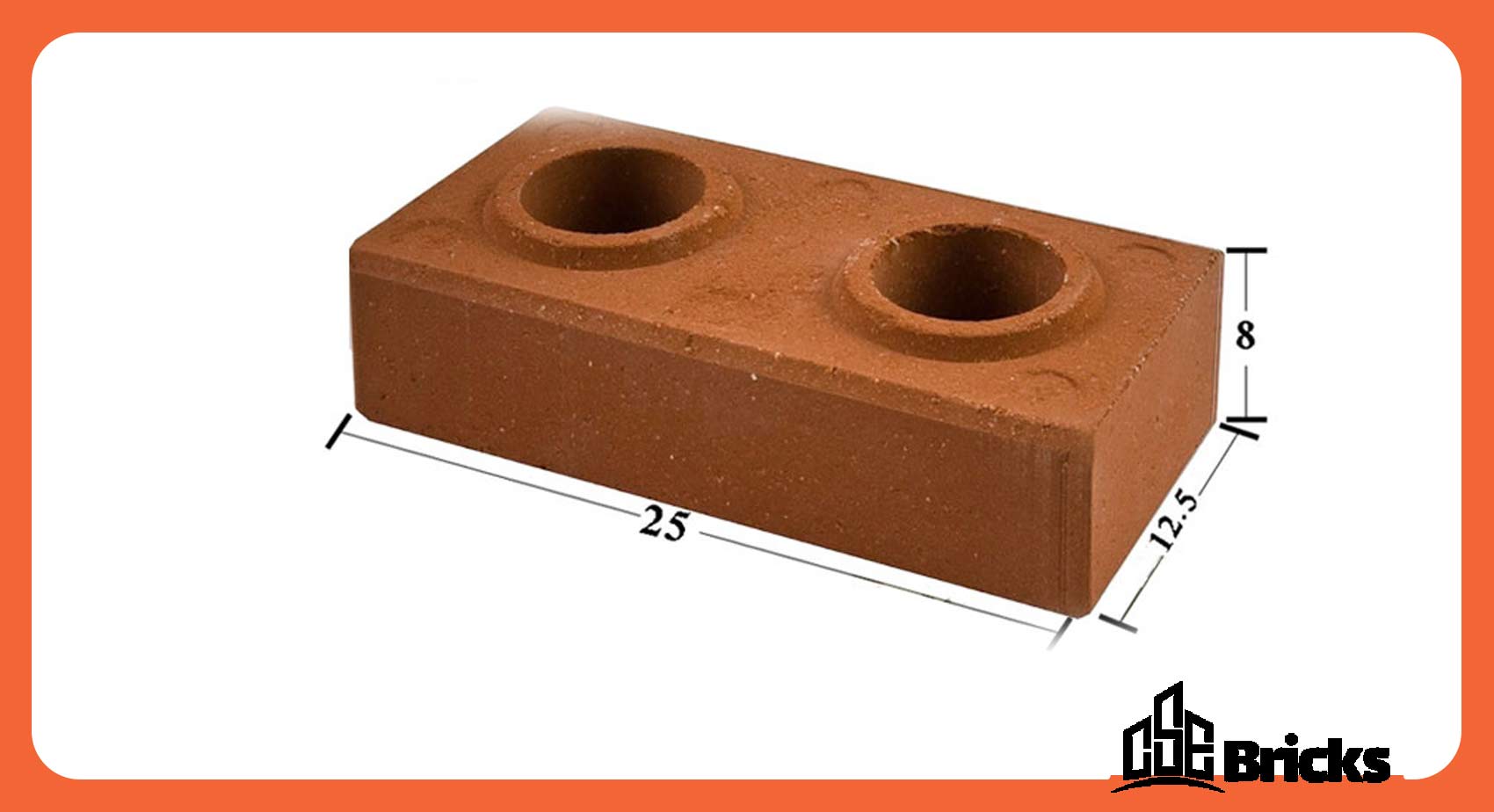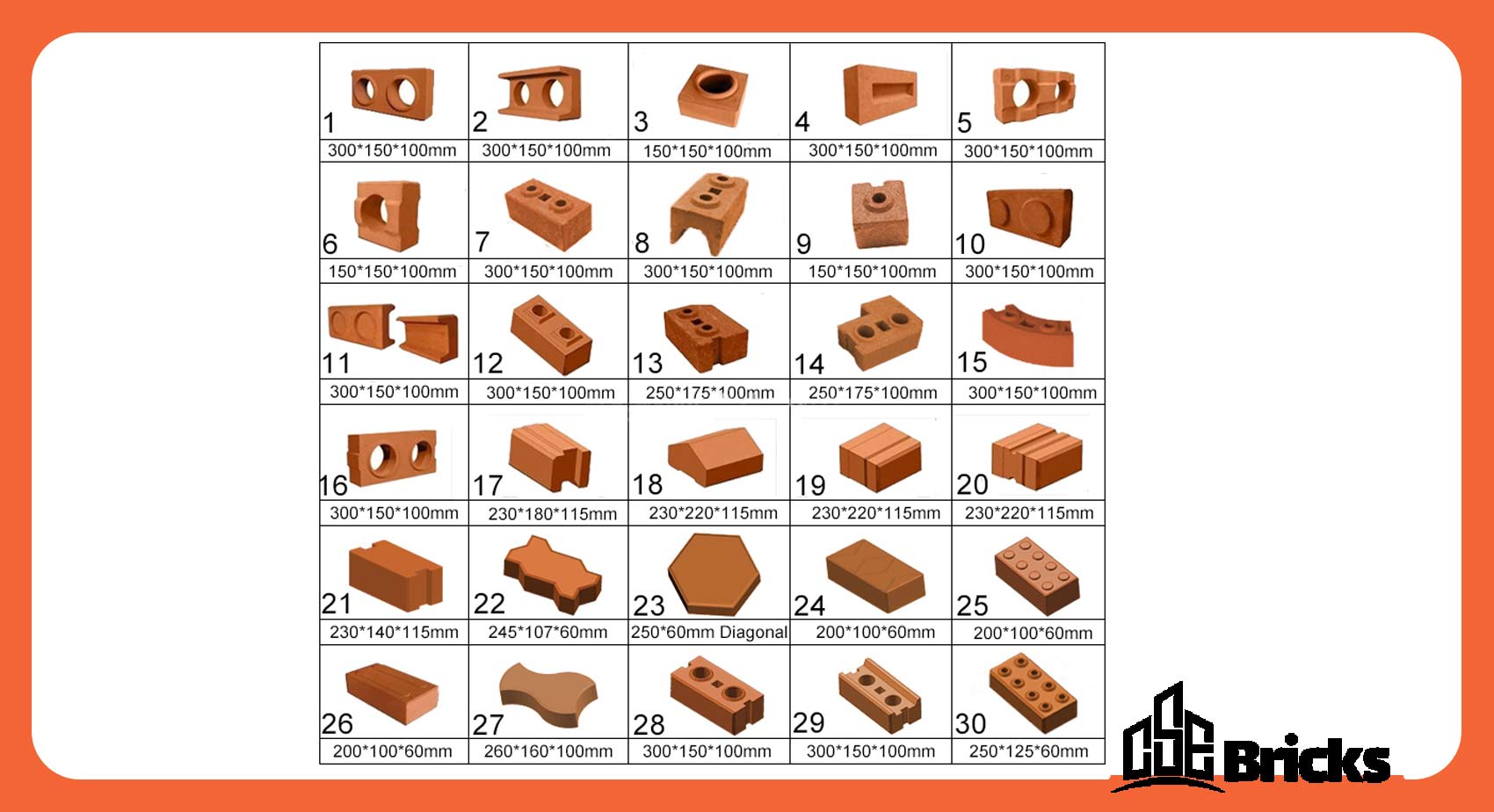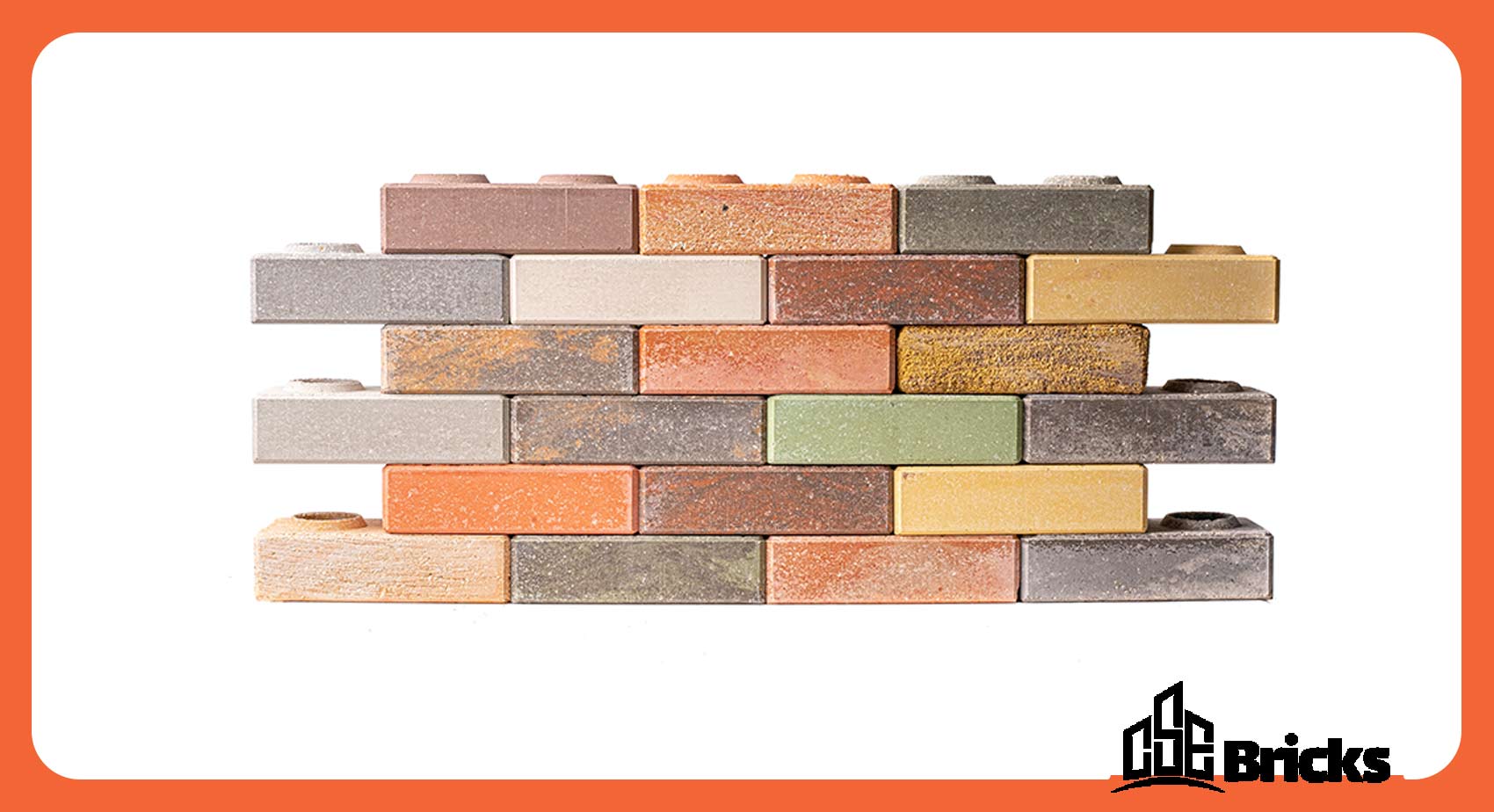المدونة
ما هي الطوب اللیغو؟
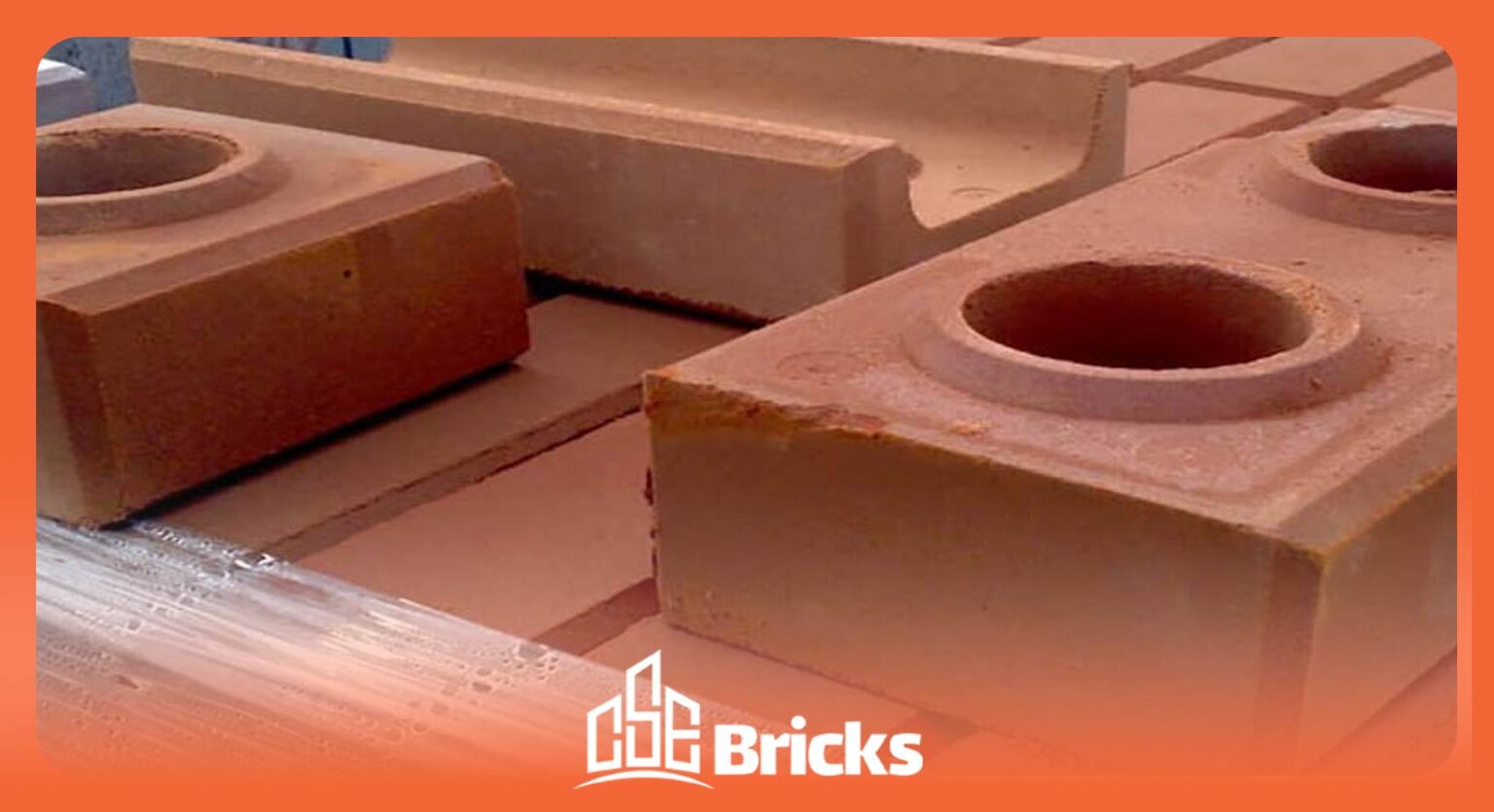
ما هي الطوب اللیغو؟
In short: Interlocking bricks are eco-friendly building blocks made from soil and cement that fit together like Lego pieces — reducing construction costs and environmental impact.
في عام 1952، أدى اختراع نوع من الطوب لا يتطلب المونة في بناء الجدران، ويُستخدم من خلال الالتصاق والتشابك، إلى إحداث تحول كبير في صناعة البناء. وعلى عكس الطوب التقليدي، لم يكن طوب الليغو يُلحق الضرر بالبيئة، وكان يتمتع بمزايا خارجية وداخلية جعلته يحظى بشعبية كبيرة بسرعة في الدول المتقدمة. واليوم، يُستخدم طوب CSE أيضاً في البناء، وواجهات المباني، ورصف الأرضيات، وبناء الجدران في بلدنا.
مكونات كتل وطوب الليغو
في تصنيع طوب الليغو، يشكل التراب أو بقايا المناجم نسبة 80٪ من التركيبة. ويتم خلط الأسمنت ومسحوق الحجر مع هذا المزيج بنسبة 20٪. ويتم إضافة مواد أخرى، مثل الماء، بنسب أقل حسب الحاجة، وذلك وفقاً لمتطلبات التصنيع.
مراحل إنتاج طوب وكتل الليغو
Stages of Producing Lego Bricks:
-
بدء الإنتاج:
تبدأ دورة الإنتاج بدخول بقايا تعدين الرمل والحصى أو نفايات مصانع تقطيع الحجارة إلى ورشة الإنتاج.
-
تصنيف المواد:
تمر هذه البقايا عبر جهاز غربلة لضمان دخول المواد التي تفي بالحجم المعياري (٤ ملم) فقط إلى دورة الإنتاج.
-
خلط المواد:
حتى هذه المرحلة، تكون ٨٠٪ من المواد الخام، وهي البقايا، قد دخلت دورة الإنتاج. في هذه المرحلة، يتم خلطها مع الأسمنت بنسبة ٢٠٪، بالإضافة إلى كمية صغيرة من الماء في خلاطة خاصة.
-
التشكيل:
تُخضع المواد الخام المخلوطة لضغط مضبوط بواسطة آلة كبس خاصة، ويتم تشكيل المنتج وفقاً للقالب المحدد.
-
المعالجة (التصلب):
في هذه المرحلة، تتم عملية المعالجة. تُترك الطوب في الهواء الطلق لمدة ساعة دون أي ضغط، ثم يتم وضعها في مكان مغلق ذو رطوبة نسبية لاستكمال عملية ترطيب الأسمنت والوصول إلى القوة النهائية.
-
التغليف:
في هذه المرحلة، يمكن تغليف الطوب بطريقتين.
- وضع الطوب على المنصات الخشبية.
- التغليف باستخدام الغلاف الانكماشي بأبعاد أصغر.
الأبعاد القياسية لطوب الليغو
يتم إنتاج طوب الليغو بواسطة آلات تصنيع الطوب بأبعاد قياسية تبلغ 25 × 12.5 × 8 سم. ومع ذلك، فإن هذه هي الأبعاد القياسية المحددة لطوب الليغو، وقد تجد أحجاماً مختلفة متوفرة في السوق حسب قالب الطوب المستخدم.
قوالب طوب الليغو
In the image above, you can see various molds for interlocking bricks. The most common and widely used molds are numbers 1, 2, 3, and 24. Below, I will briefly introduce the uses of these four brick molds:
-
القالب رقم 1:
يُستخدم هذا القالب في بناء الجدران، وخصوصاً في الأجزاء الوسطى منها.
-
القالب رقم 2:
يُستخدم في الأجزاء العلوية، وتحت التركيبات، والنوافذ، وما إلى ذلك.
-
القالب رقم 3:
يُستخدم في الأجزاء الجانبية من الجدران حيث لا يمكن استخدام الطوب الكامل.
-
القالب رقم 24:
يُستخدم لرصف المساحات.
خيارات الألوان لطوب الليغو
يمكنك إنتاج طوب الليغو بأي لون تفضّله ليناسب ذوقك أو ذوق عملائك. ولتحقيق ذلك، يكفي إضافة مسحوق الصبغة المرغوب فيه إلى المواد الخام.
تأثير طوب الليغو على البيئة
أخبار سارة لمحبي البيئة: طوب الليغو، على عكس الطوب التقليدي، لا يُحدث تأثيراً سلبياً على البيئة. وذلك لأن الطوب التقليدي يحتاج إلى الحرق في الأفران، مما يؤدي إلى إطلاق غازات دفيئة إضافية مثل ثاني أكسيد الكربون، بالإضافة إلى بعض أول أكسيد الكربون والجزيئات الدقيقة في الجو. أما طوب CSE، فيتم تصنيعه باستخدام آلات خاصة دون الحاجة إلى أفران، وبالتالي لا يتطلب وقوداً ولا يطلق غازات دفيئة في الغلاف الجوي.
ووفقاً لمركز تكنولوجيا البناء (CTE) في عام 2011، فإن أكثر من ثلث الغازات المسببة للاحتباس الحراري عالمياً ناتجة عن أنشطة البناء. ومع ذلك، فإن استخدام هذا النوع من الطوب يمكن أن يُسهم بشكل كبير في تقليل هذه النسبة. ومن المزايا الأخرى لهذا النوع من الطوب هو المساهمة في إدارة بقايا التعدين، حيث إن نسبة عالية من المواد الخام لطوب الليغو تأتي من هذه البقايا، مما يمنعها من التسبب في ضرر بيئي.
(For more information, refer to the article on إدارة نفايات المناجم).)
تقليل تكاليف البناء
وفقاً لدراسة أجراها معهد أوروفيل في الهند، فإن تكلفة بناء جدار بمساحة متر مربع واحد باستخدام طوب الليغو تقل بحوالي 23.6٪ مقارنة باستخدام الطوب التقليدي لنفس المساحة.
بالإضافة إلى ذلك، تشير بعض الدراسات إلى أن بناء جدار بمساحة متر مربع واحد باستخدام طوب CSE يتطلب عدد طوب أقل بخمس مرات، ويستهلك طاقة أقل بنسبة 15٪.
ومن الجدير بالذكر أيضاً أن بناء الجدران باستخدام طوب الليغو يحتاج إلى كمية أقل بكثير من المونة مقارنةً بالطوب العادي، مما يُلغي الحاجة إلى التكاليف العالية لشراء ونقل المونة.
وبالتالي، يمكن للمستهلكين تنفيذ مشاريعهم الإنشائية بتكلفة أقل مع الحفاظ على جودة أعلى.
Comparison between traditional bricks and interlocking bricks
| Feature | طوب اللیغو | Traditional Brick |
|---|---|---|
| Mortar Needed | ❌ None | ✅ Yes |
| Cost per m² | ↓ 23% cheaper | Standard |
| CO₂ Emission | Low | High |
For more information, see the article on “What is the difference between interlocking blocks and concrete blocks?“
الدخل من إنتاج طوب الليغو
سواء كنت مستهلكاً أو مُصنّعاً، فسوف تستفيد.
إن استخدام طوب الليغو هو وضع يربح فيه الجميع، حيث لا يساهم فقط في تقليل تكاليف البناء للمستهلكين، بل يحقق أيضاً أرباحاً للمُصنّعين. يتم إنتاج هذا النوع من الطوب الأخضر غالباً باستخدام آلات أوتوماتيكية بالكامل، مما يقلل بشكل كبير من الحاجة إلى التدخل البشري ويخفض تكاليف العمالة بشكل ملحوظ. ومن ناحية أخرى، فإن المواد الخام متوفرة بكميات غير محدودة وبأسعار منخفضة جداً؛ وبالتالي، فإنك تدفع أقل في عملية الإنتاج ولكنك تحقق أرباحاً كبيرة. في الواقع، كمُصنّع، يمكنك تحقيق أرباح تعادل ضعفين إلى ثلاثة أضعاف من التكاليف التي تنفقها على الإنتاج.
Suggested article: “إيرادات الطوب اللیغو“


